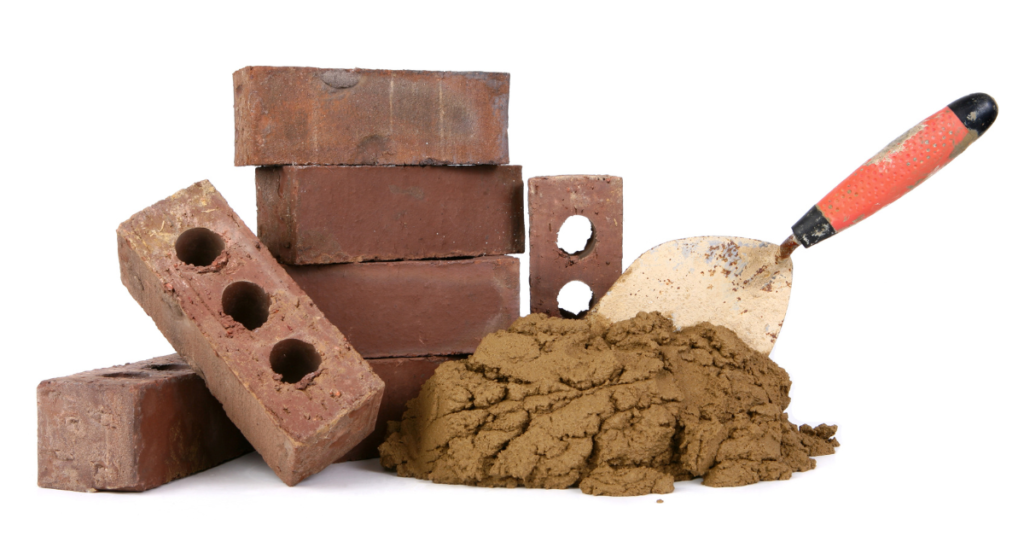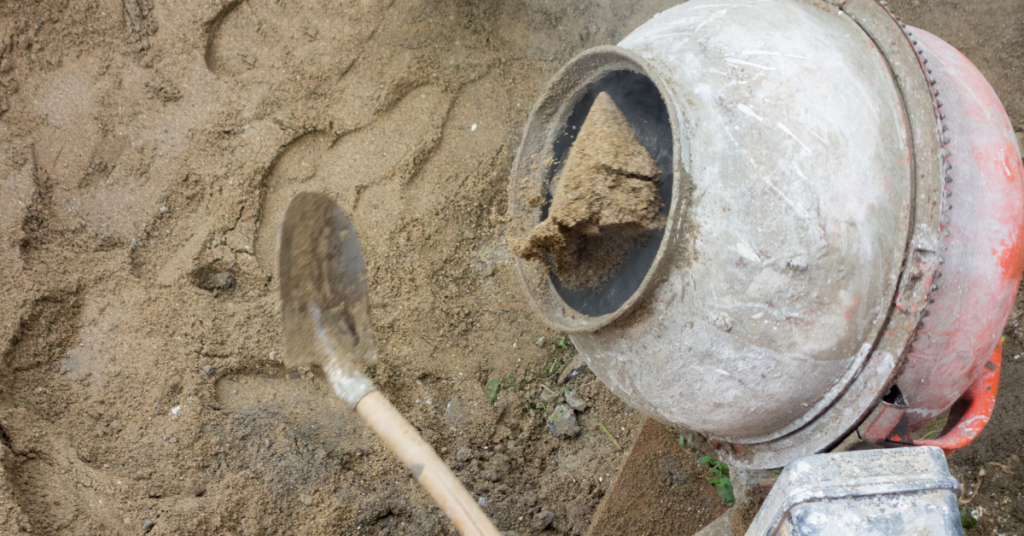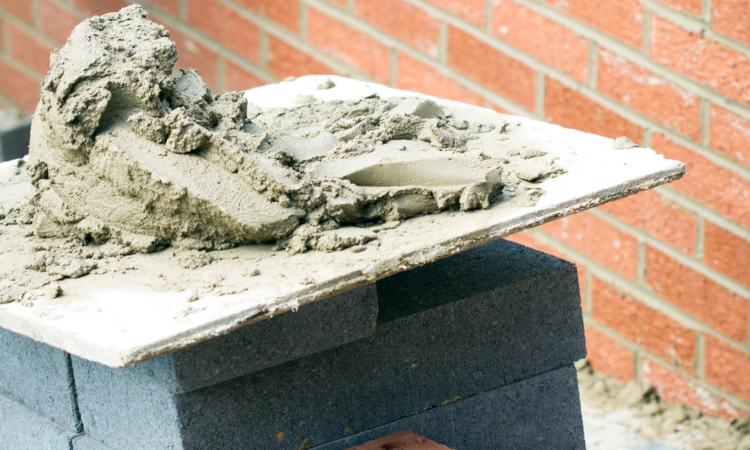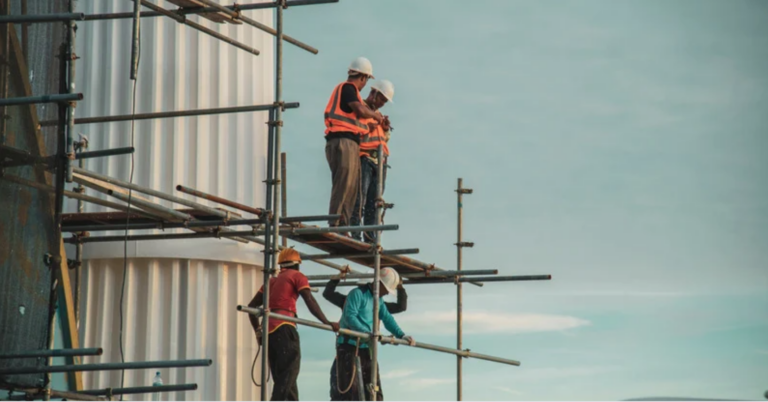What is mortar?
Mortar is a type of bonding agent used by bricklayers and stonemasons in the construction industry. In this blog we’re answering the question: how long does mortar take to dry? Mortar has been used throughout history for thousands of years. It was used by the ancient Egyptians, and the Roman and Ottoman empires in the construction of some of the world’s most treasured landmarks. Mortar was even used in the construction of the seven wonders of the world! Mortar is produced using a combination of:
- Binding materials (lime or cement)
- Fine aggregate (sand, sawdust etc.)
- Water
As bricklayers, at SLBC Ltd, we work with mortar every day on site. Whether that is working on commercial projects building hundreds of new-build homes, or on smaller domestic projects like fixing walls and building home extensions. Our bricklayers couldn’t do their jobs without it.
What is mortar used for?
The primary purpose of mortar for bricklayers is to bind blocks and stone together for building up a structure or building out a foundation. Mortar is also used to fill and seal any gaps which form between block or stone after the foundation or structure has had a chance to set. This is sometimes referred to as ‘pointing’ on site. Mortar can also be used in a decorative way. This is usually carried out by stone masons who may add a decorative pattern or colour to a masonry wall. Ultimately, mortar is used for a number of things including:
- Binding bricks or stones together to create structures.
- Fill up joints between brick or stone to give a clean finish and improve appearance.
- Can be used for ornamental purposes.
- It is used in concrete matrix.

How long does mortar take to dry?
Mortar cures to around 60% strength in around 24 to 48 hours. However, this depends on the conditions in which the mortar is curing. Weather and airflow significantly impacts the time it takes for mortar to set.
Mortar in hot weather conditions
If the weather is too warm, the mortar can cure too quickly. This can be detrimental to the build quality leaving the mortar weak and porous. This can even result in the mortar cracking or shrinking.
Mortar in cold weather conditions
If the weather is too cold while mortar is setting, this can also have a detrimental impact on the build quality and strength. In this instance, the mortar may crack or crumble. It’s said not to build unless temperatures are three degrees celsius and rising.
Does rain affect mortar?
Mortar cannot cure properly in excessively rainy conditions either. Using mortar to build whilst its raining can also result in brick efflorescence. Efflorescence happens when the brick is wet and water evaporates through the brick facing, leaving water soluble salts on the facing. This results in white staining on the brick which leaves a poor finish.
Mortar mix ratio
Mixing mortar is a fine art, which is why most of the time on site mortar is pre-mixed. Putting too much or too little binding agent, fine aggregate or water into a mortar mix can significantly impact the time it takes to dry and cure. It can make the mortar much harder to work with and in worst cases, the mix becomes unusable.If you’re in need of any type of brickwork, get in contact with us and we can do all the hard work for you.

Disclaimer
Please note that the information on slbcltd.co.uk is designed to provide general information on the topics presented. The information provided should not be used as a substitute for professional services.






